University Projects
Posted
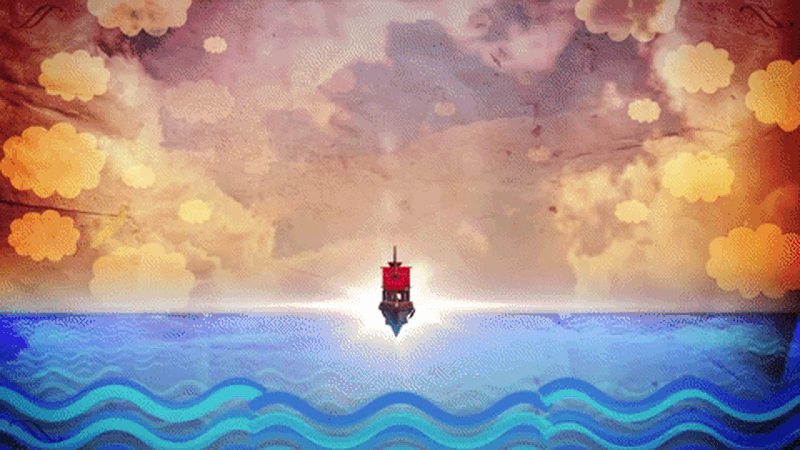
Thin Ice
A single player game about a polar bear feeling the effects of climate change

- Platform: Windows
- Engine: Unity
- Responsibilities: Programming, AI, Graphics, Level Design
- Development time: 2 months
The ice is melting. You are a polar bear, and you need to eat to survice. Hunt stealthily for food before night arrives. Use your white fur to camouflage yourself in the white snow, which, unfortunately, diminishes each day.
Thin Ice is a project for the Game Development course at ITU. It is a game that shows the changing world from the perspective of a polar bear, hunting for survival.
Notherload
Self-contained game written in C++ with SDL2
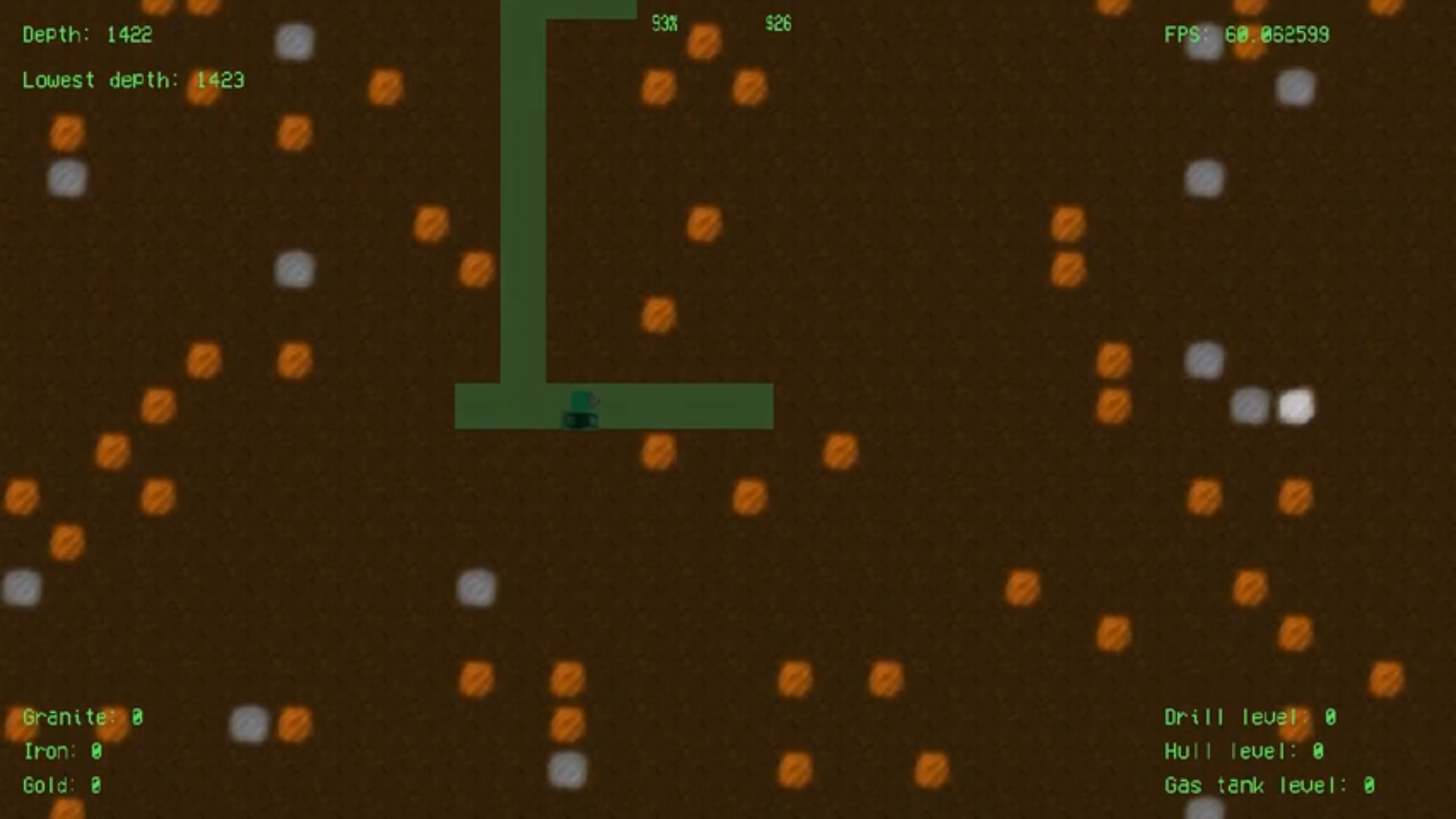
- Platform: Linux, Windows
- Responsibilities: Everything
- Development time: 3 weeks
- Code: GitHub
This project is a self-contained game written in C++ and SDL2. It features a simple home cooked collision/physics system using axis aligned bounding boxes and the Separating Axis Theorem.
The architecture is based on classic object-oriented principles for quick development purposes and for the fact that the game is simple enough that performance is not an issue. For instance, there is only a single dynamic physics object, which makes collision detection trivial and performant by default. Future work on this project could include introducing more advanced graphics such as simulated 2.5D using PBR shading and introducing physics into more parts of the world. E.g. some blocks could respond to gravity.
The game itself is a tribute to an old flash game called “Motherload”.
Credit for the soundtrack goes to Chan Walrus. Check out his royalty free music on his website.
WebGL graphics programming
Computer graphics showcase written in WebGL 2 with GLSL ES 3.0
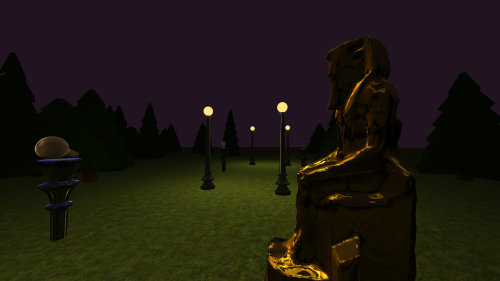
- Platform: Browser, WebGL (Firefox, Chrome)
- Responsibilities: Everything
- Development time: 3 weeks
- Check out the project here
This is an exam project written in WebGL 2, using JavaScript and the OpenGL Shader Language (GLSL ES 3.0). The project consists of a small scene depicting an outdoor park with a few sculptures, some street lights and pine trees. It’s possible to walk around the scene, using first person controls.
The project showcases a few different shading techniques, such as texture mapping, diffuse-, ambient- and specular lighting and reflections using cube maps.
Click the screen to take control with the mouse and move around with WASD. If some textures are missing/black, reload the page. Note: Not optimized for mobile platforms.
Auris Game Engine
2D Game Engine built in C++ with SDL2, Box2D and OpenGL
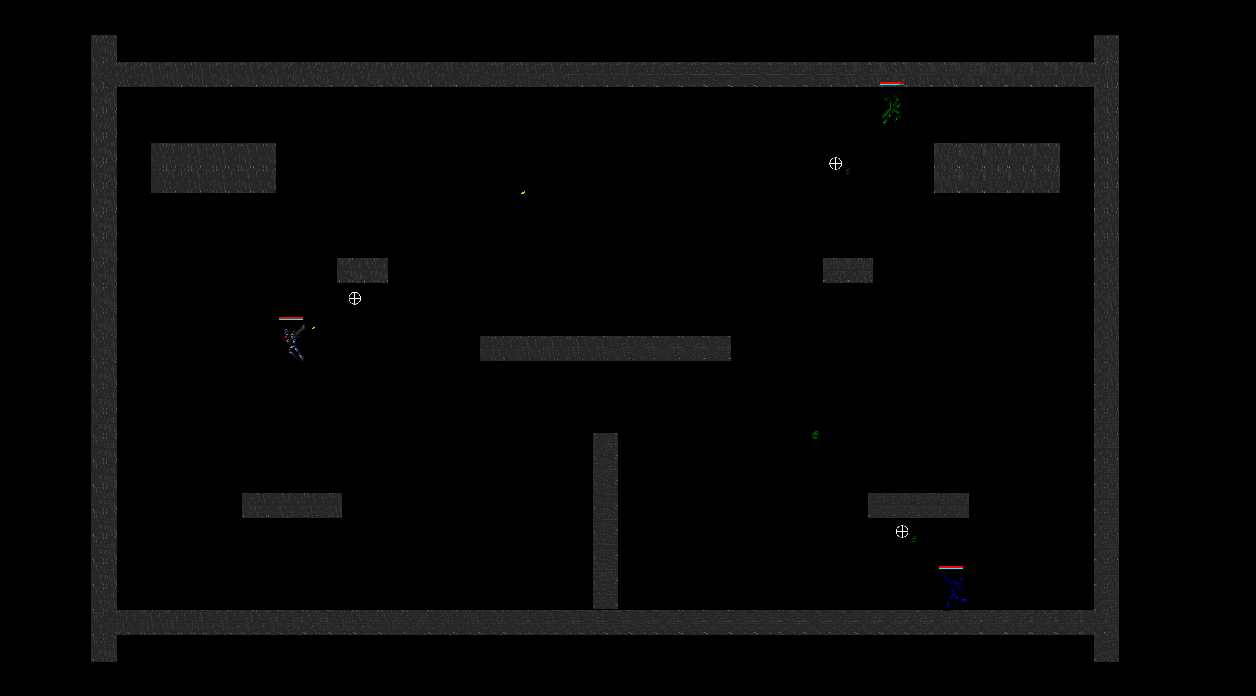
- Platform: Windows, Linux, Mac
- Responsibilities: Engine architecture, audio, physics
- Code: GitHub
The Auris Engine is a final exam project for the Game Engines course at the IT University of Copenhagen in the fall semester of 2016.
It handles 2D graphics, 2D audio and up to 8 simultaneous game pad inputs. Sprites can be rendered with normal maps, which can make the 2D graphics stand out with a 3D-like feeling.
The engine architecture is written in C++. It is built around a number of third party libraries such as SDL (audio and input handling), OpenGL Mathematics, Simple Render Engine (Graphics rendering) and Box2D (Physics handling).
The game created and showcased here in the Auris engine is a tribute to the excellent 2D multiplayer shooter, Soldat.

Me Hearties and I
Do you remember the first time you played a co-op game with a friend, and your teamwork just “clicked”? Me Hearties and I tries to capture the flow and frustration of cooperating with your teammates both inside the game and through communication.
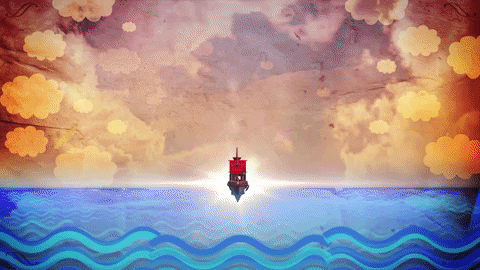
- Platform: Windows
- Engine: Unity
- Responsibilities: Programming, level design, game design
- Development time: 3 months Do you remember the first time you played a co-op game with a friend, and your teamwork just “clicked”? Solving the puzzles in smooth synergy with other players, who is thinking at the same wave length as you? We made it our goal to encapture this experience in our game. A co-op experience, shared with friends, centered around communication and flow.
Imagine if Mario Party and Portal 2 was one game, in which multiple players had to solve puzzles, whilst communicating in a party-game atmosphere. That is what we are capturing in Me Hearties and I with puzzles that are designed so that you will need your friends help to solve them.
The core game is build up around 4 rooms, with one player in each room. Each room has its own task which has to be continuously solved to gain points. After a while, the game switches each player to a new room where they have to pick up where the previous player left off, while receiving crucial information on how to solve the room from their teammates.